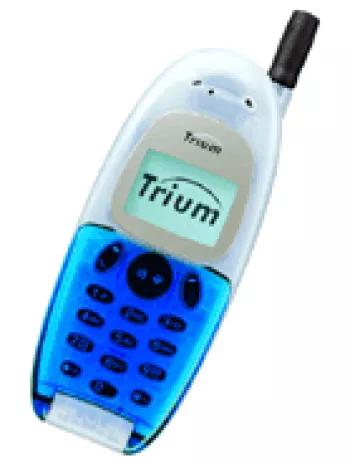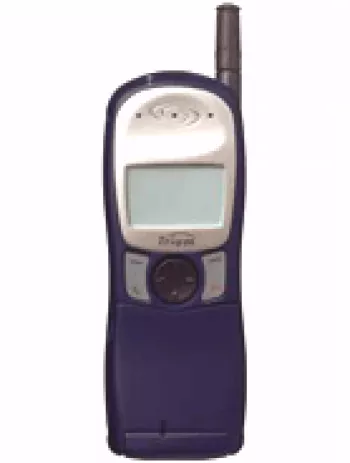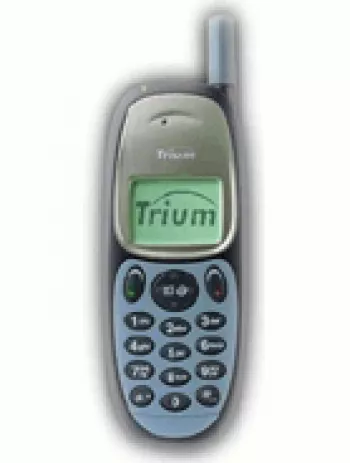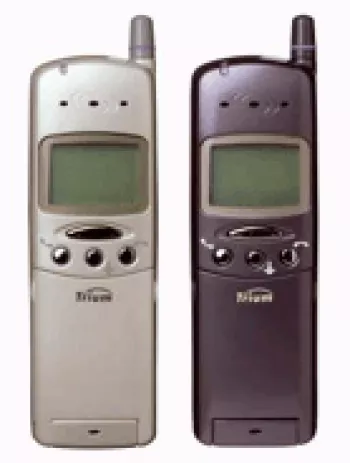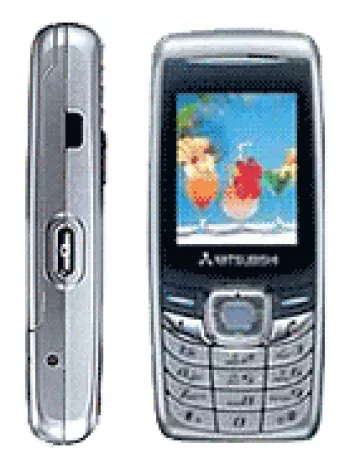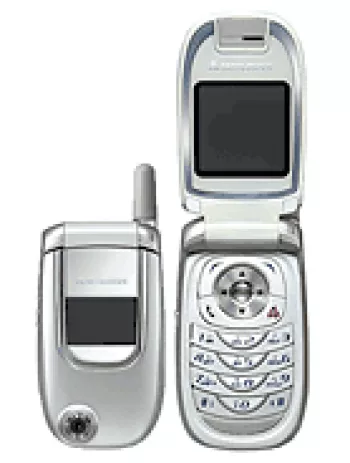Unveiling the Mitsubishi Trium Mars Specs Prices Pros & Cons
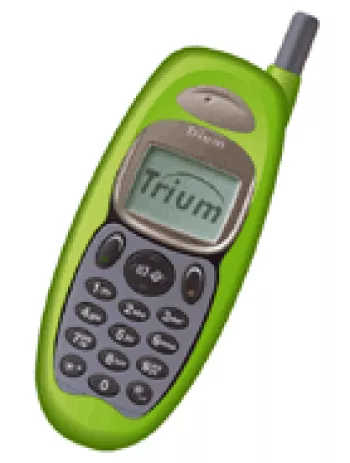
Overview of the Mitsubishi Trium Mars
The Mitsubishi Trium Mars is a feature phone that was launched in the year 2000. It marks one of the early attempts by Mitsubishi to establish a presence in the mobile phone industry, catering to basic telecommunication needs without the complexities of modern smartphones. The device was announced in 2000 and has since been discontinued, offering a glimpse into the early days of mobile communication technology.
Design and Build
The Trium Mars boasts a compact design, measuring 120 x 50 x 28 mm and weighing 120 grams. Its size and weight make it convenient for carrying and handling. The phone was constructed with a focus on practicality, using a Mini-SIM and featuring a monochrome graphic display. The resolution is modest, providing 5 x 13 to 25 characters, a typical feature for phones of that era.
Display Specifications
The display of the Mitsubishi Trium Mars is monochrome, capable of showing simple text and graphic icons. The lack of color and limited resolution reflects the technology available at the time. Users were provided with a straightforward interface for basic functions such as calls and messaging.
Network and Connectivity
The device operates on GSM technology, specifically supporting GSM 900 and 1800 bands. However, it lacks modern data services, as there is no support for GPRS or EDGE. Connectivity features are minimal, with the Trium Mars lacking WLAN, Bluetooth, and USB functionality. This limited connectivity is typical of early mobile phones, focusing primarily on voice communication and SMS.
Memory and Storage
With no external card slot for additional storage, the device offers a simple memory setup. It includes a phonebook capacity of up to 100 entries, while call records can store details of 10 dialed, 10 received, and 10 missed calls. This limitation in memory capacity is indicative of the phone's status as a feature phone intended for basic use.
Battery Performance
The Trium Mars is powered by a removable NiMH 800 mAh battery. The battery life is typical for phones of its time, supporting a stand-by duration of up to 130 hours and a talk time of around 3 hours. This ensures the phone is functional throughout the day for fundamental communication needs without frequent recharging.
Sound and Alerts
The device includes a loudspeaker and supports monophonic ringtones with vibration alert options. Notably, it does not feature a 3.5mm jack, which limits its ability to connect with traditional headphones or external audio devices. This is in line with the primary function of the device as a communication tool rather than a multimedia device.
Software and Applications
Running on a simple feature phone operating system, the Mitsubishi Trium Mars offers basic applications like SMS, a WAP 1.1 browser, clock, and alarm functionalities. Despite the simplicity, these features were considered essential at the time, providing users with necessary communication and utility tools. The phone also supports basic games and is available in 8 languages, adding to its accessibility for diverse user groups.
Aesthetic and Miscellaneous Features
The phone was available in three different colors, giving consumers slight variations to choose from for personalized taste. It included essential functions like alarms and basic games, making it not only a communication device but also a tool for minimal entertainment during that era.
Conclusion
In summary, the Mitsubishi Trium Mars is a noteworthy example from the early days of feature phones, providing a snapshot of the era's mobile technology. Its basic features highlight the communication-focused design priorities of the time, eschewing modern multitasking capabilities for straightforward use. This device serves as a reminder of the rapid development in mobile technology over the past two decades.
Key Features of Mitsubishi Trium Mars
- GSM 900/1800 technology supporting mobile networks.
- Compact dimensions of 120 x 50 x 28 mm with a lightweight of 120 g.
- Monochrome graphic display capable of showing 5 x 13 to 25 characters.
- Phonebook capacity of 100 contacts.
- Call records function to track 10 dialed, 10 received, and 10 missed calls.
- Vibration and monophonic ringtones for alert types.
- WAP 1.1 browser for basic internet browsing.
- Multilingual support available in 8 languages.
- Removable NiMH battery with standby time of up to 130 hours and talk time of 3 hours.
- Available in 3 different colors.
Disadvantages of Mitsubishi Trium Mars
- No GPRS support
- No EDGE support
- Discontinued model
- Monochrome graphic display
- No expandable memory (No card slot)
- Limited phonebook capacity of 100 entries
- No camera
- No 3.5mm audio jack
- No WLAN support
- No Bluetooth connectivity
- No GPS positioning
- No radio feature
- Limited to WAP 1.1 browser
- No Java support for applications
- Removable NiMH battery with limited capacity (800 mAh)
- Only three color options available
- Heavy and bulky design (120 g)
View Also
More Phones
All Rights Reserved +14266 Phones © Mobilawy 2025














